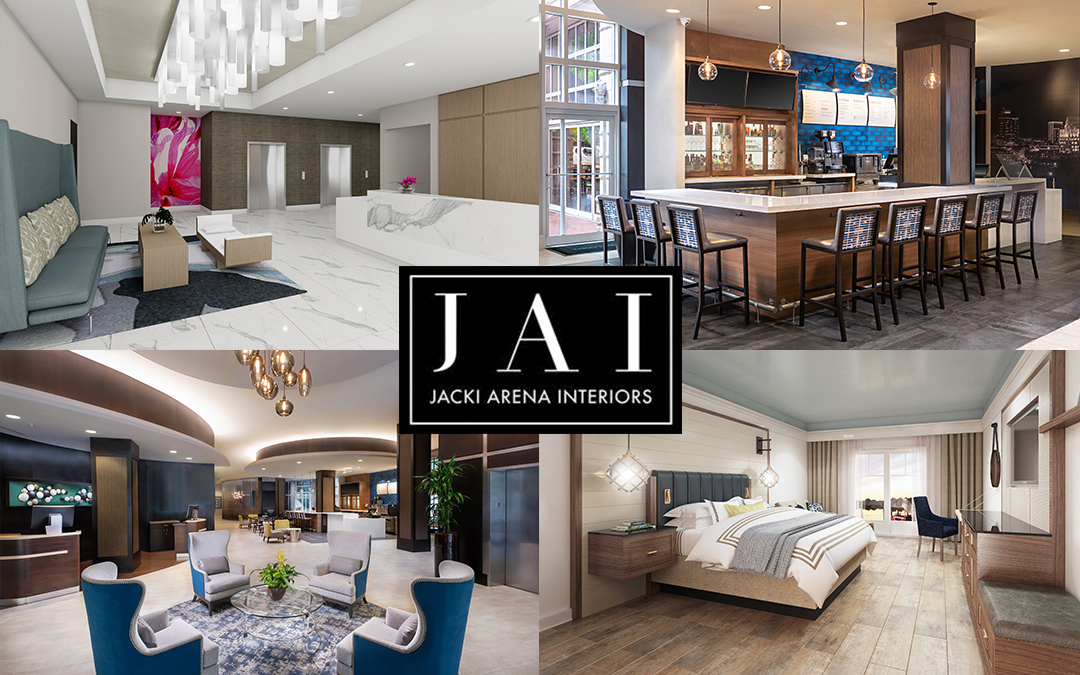Like all businesses that continually
A flexible workspace is a paradigm-shifting concept. For years JAI has operated out of Safety Harbor, FL, while working with hotels and spaces in other areas of Florida, the United States, and the Caribbean. After reflecting on the idea with some trusted counsel, I’ve decided now is the time to expand our territory in order to better serve our clients.
With that, I am excited to announce our expansion into New Jersey!
Expansion to the Northeast
Not only is now a perfect time to expand, but New Jersey is a perfect place to start. The location positions us to take advantage of all the resources in New York City—a leading hotel design market. Between the showrooms, talent, and tools available, our new location will open us to new and different ways of doing the work we love. With proximity to New York City, we’ll gain access to additional inspiration and resources, have opportunities to be active members in a community of world-class designers, and be able to represent JAI in a major metropolitan city.
As we move forward in this journey, it’s important that we share how this new, flexible work model will benefit our current and future clients, as well as our talented team members.
3 Benefits to a Modern Work Environment for JAI and Clients
#1: Remote work environments allow JAI to attract and motivate the best talent.
The modern, remote workspace is attractive to many people who value traveling and maintaining a healthy work/life balance. No longer bound to only hiring employees in Florida, JAI will now have access to a wide-open talent pool of hospitality designers across the country. Designers will be able to work on projects that fulfill them, from the places that inspire them.
For creative designers, there are even more added benefits, like flexible work hours. Creatives do not necessarily work best in a nine-to-five environment, so our designers have the opportunity to work earlier or later hours, freeing their schedules for what matters most to them.
#2: Remote work environments will increase our clients’ ROI.
Companies and employees alike say remote work boosts productivity by eliminating workplace distractions. With fewer distractions, JAI will operate with higher efficiency and have more focused project hours that will positively affect each client’s bottom line.
Employees who are more productive and focused also help save on changes, errors, and other hiccups that cost time and money. These are all savings we can pass on to our clients.
Additionally, remote work environments help reduce real estate and overhead costs, which will allow us to keep our pricing lean and competitive.
#3: Remote work offers greater regional influence in design.
New locations will open us to greater design influence from other regions, while a deeper network and increased visibility will expand our opportunities. With top designers in other areas, we will bring a variety of design perspectives to our projects. From these perspectives and collaborations—based on different lives and locations—we will be able to push the boundaries of our creative potential.
Team members situated in these regions will also add a personal touch to our projects. Whether we have client projects in Atlanta, L.A., or New York City, we’ll have the capacity to position designers with regional expertise to help monitor projects, leverage local connections, and maintain relationships. This will strengthen the trust that is a keystone to our work. After all, JAI values positive relationships.
Design That Makes a Difference
As a team, we always aspire to do work we love and believe in. We truly desire to make a difference in our design because we care about the way spaces makes people feel when they experience them. As we cross into new territories and enter new regions, cities, and possibly even countries, we remain inspired by the opportunity to share our passion for Design that Makes a Difference.


